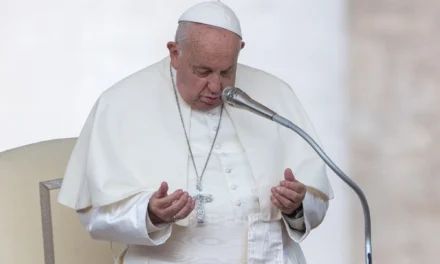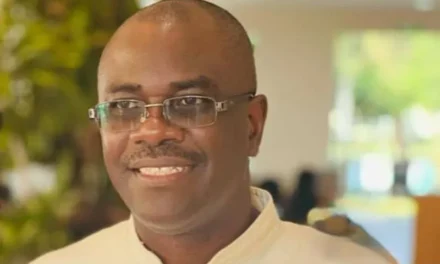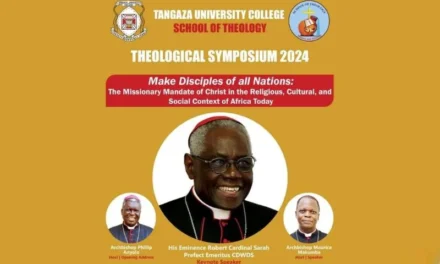The appointment of Sister Simona Brambilla as the head of a Vatican dicastery marks a groundbreaking moment in the evolving roles of women within the Catholic Church. By naming this Italian nun as Prefect of the « Dicastery for Institutes of Consecrated Life and Societies of Apostolic Life, » Pope Francis signals a significant shift in the Vatican’s hierarchical structure, reflecting a growing openness to integrating women into positions of ecclesial governance. This dicastery, overseeing over 800,000 consecrated individuals worldwide, now stands as a symbol of both tangible and symbolic transformation.
Sister Simona Brambilla’s journey is a testament to this evolution. Born in Monza in 1965, she began her career as a nurse before joining the Missionary Sisters of Consolata in 1988. After completing advanced studies in psychology, culminating in a doctorate from the Pontifical Gregorian University, she served as a missionary in Mozambique. Returning to Rome, she taught and led her congregation for over a decade. Her subsequent appointments to key Vatican roles in 2019 and 2023 highlight her exceptional leadership and spiritual insight.
This landmark decision, enabled by the 2022 Curia reform, dismantles the longstanding male dominance of prefect positions. The reform permits laypeople, both men and women, to assume these roles without requiring episcopal ordination. Many view this as a long-overdue « rebalancing » in Church governance, though it has not been without criticism. The addition of a pro-prefect, Cardinal Ángel Fernández Artime, raises questions about the extent of Sister Brambilla’s actual authority in a framework still deeply rooted in traditional obedience to male hierarchy.
Observers recognize the dual significance of this appointment. On one hand, it acknowledges women’s competence and contributions to the Church. On the other, it highlights persistent resistance. While some see this as an irreversible step forward, others dismiss it as largely symbolic. Yet, Pope Francis, staying true to his method of gradual change, continues to challenge established norms with concrete actions. By entrusting Sister Brambilla with this pivotal dicastery, he has altered the balance of power within the Vatican, signaling a decisive shift with no return to previous practices.
Sister Brambilla’s story is that of a woman whose path, marked by missionary work, academic excellence, and religious leadership, exemplifies the untapped potential of women in the Church’s highest echelons. Her appointment delivers a clear message: while these changes may come gradually, they pave the way for a future where shared responsibilities between men and women become the standard rather than the exception.
- CATHOLIC ARCHBISHOP IN GHANA HAILS POPE LEO XIV AS GOD’S GIFT - 23 mai 2025
- POPE LEO XIV TO APPROVE CANONIZATIONS - 22 mai 2025
- THE EVOLUTION OF PAPAL TRANSPORTATION - 20 mai 2025







